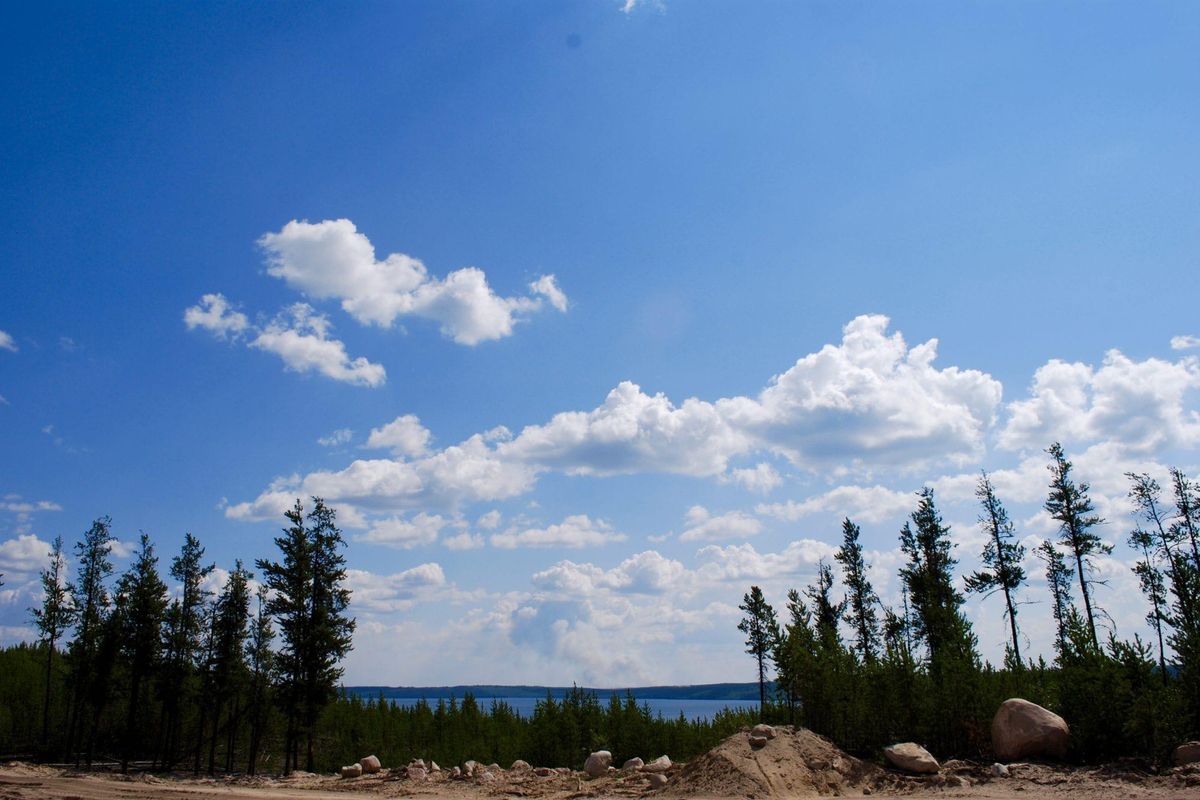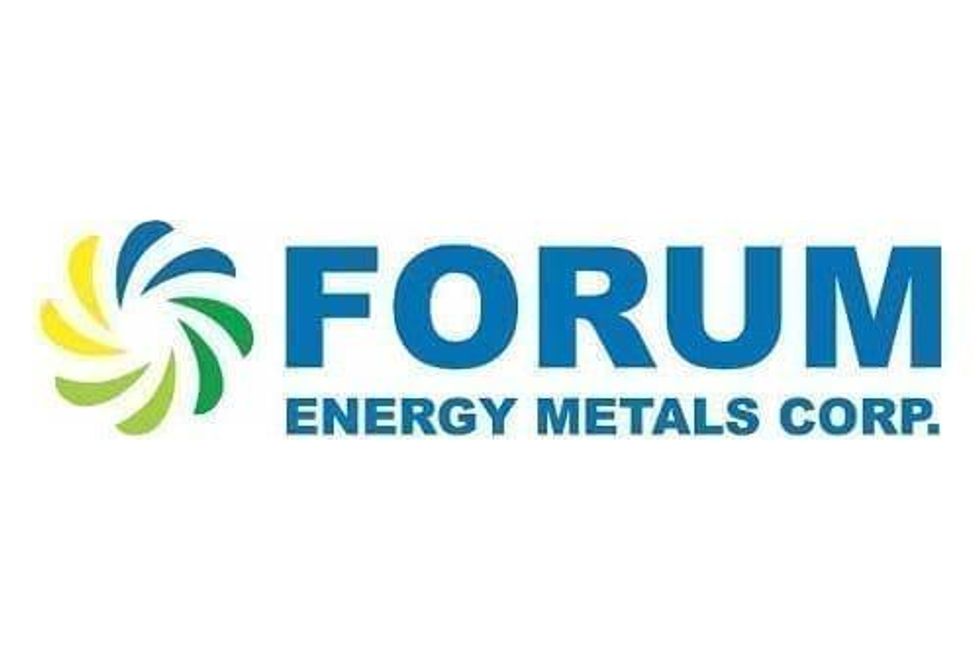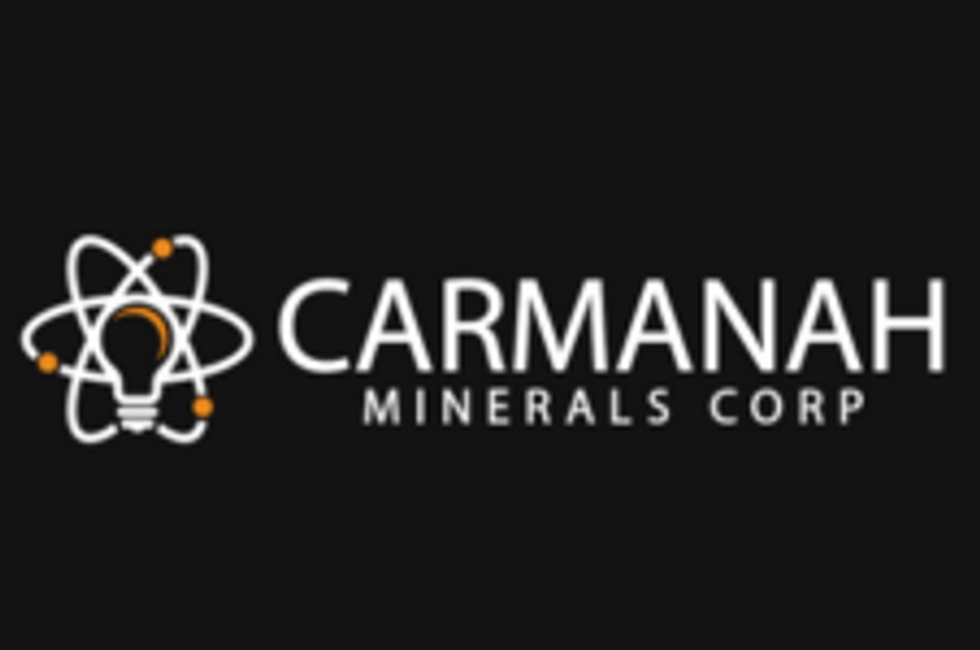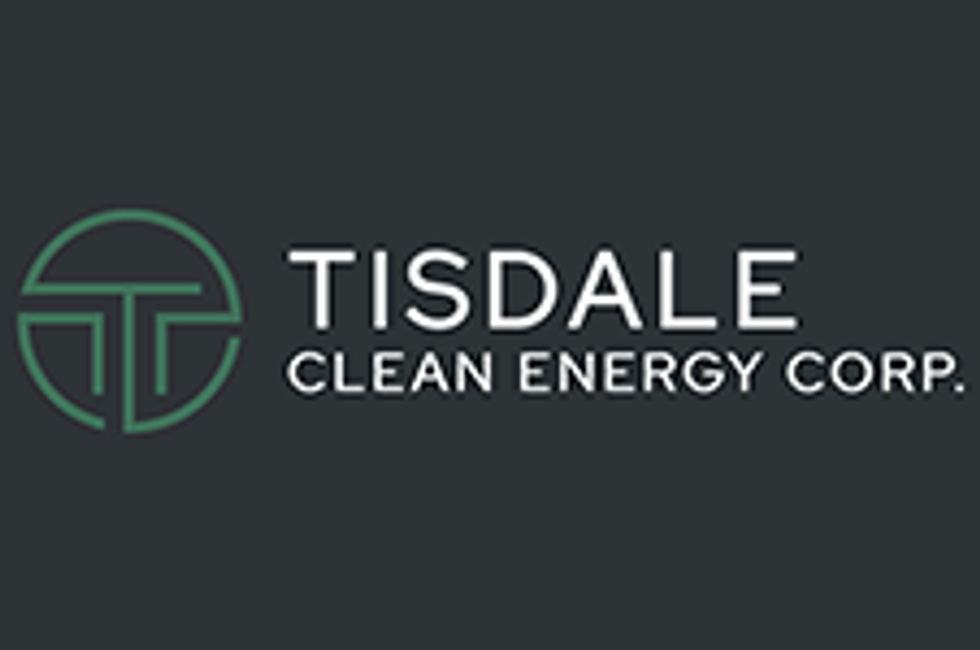- AustraliaNorth AmericaWorld
Investing News NetworkYour trusted source for investing success
- Lithium Outlook
- Oil and Gas Outlook
- Gold Outlook Report
- Uranium Outlook
- Rare Earths Outlook
- All Outlook Reports
- Top Generative AI Stocks
- Top EV Stocks
- Biggest AI Companies
- Biggest Blockchain Stocks
- Biggest Cryptocurrency-mining Stocks
- Biggest Cybersecurity Companies
- Biggest Robotics Companies
- Biggest Social Media Companies
- Biggest Technology ETFs
- Artificial Intellgience ETFs
- Robotics ETFs
- Canadian Cryptocurrency ETFs
- Artificial Intelligence Outlook
- EV Outlook
- Cleantech Outlook
- Crypto Outlook
- Tech Outlook
- All Market Outlook Reports
- Cannabis Weekly Round-Up
- Top Alzheimer's Treatment Stocks
- Top Biotech Stocks
- Top Plant-based Food Stocks
- Biggest Cannabis Stocks
- Biggest Pharma Stocks
- Longevity Stocks to Watch
- Psychedelics Stocks to Watch
- Top Cobalt Stocks
- Small Biotech ETFs to Watch
- Top Life Science ETFs
- Biggest Pharmaceutical ETFs
- Life Science Outlook
- Biotech Outlook
- Cannabis Outlook
- Pharma Outlook
- Psychedelics Outlook
- All Market Outlook Reports

Way up in northern Saskatchewan, tucked away behind forests and largely inaccessible by most methods of transportation, is the Athabasca Basin.
Way up in northern Saskatchewan, tucked away behind forests and largely inaccessible by most methods of transportation, is the Athabasca Basin. The region, which covers approximately 100,000 square kilometres in Saskatchewan and a sliver of Alberta, is home to the world’s largest source of high-grade uranium. It supplies 20 percent of global production.
While the mining area for high-grade uranium has historically been on the eastern side of the Basin, discoveries on the western side of the basin are growing rapidly. In particular, the outside mark of the Basin has become a hot spot, which leads us to Fission Uranium‘s (TSX:FCU) Triple R deposit, the only major, high-grade deposit in the region that is potentially open-pittable.
“We’re certainly changing that story on the west with our discovery,” says Ross McElroy, president, COO and director of Fission.
The Athabasca Basin can undoubtedly be described as a huge geologic feature: it covers about 5,000 square kilometres with most of the deposits on the eastern side.
Although the area isn’t easy to get to, a road had previously been put in to access the now mined out Cluff Lake Deposit, which had been operated by AREVA Resources. The road is classified as a highway, which means it’s maintained by the government, but only used by the mining department because there are no communities in the area.
On the morning of July 19, a number of analysts, geologists and writers arrived at Fission’s 100 percent-owned project, Patterson Lake South (PLS), in the Basin via water plane from For McMurray. Upon arrival, we found that the dry, hot summer weather was a force to be reckoned with, a far cry from winter up in the Basin (so I’ve heard).
After gathering our belongings from the water plane and taking a short, but slightly bumpy ride up a dirt road in pick-up truck, we arrived on site. Once settled into our seats inside, the first order of business was a presentation by Dev Randhawa, chairman and CEO, and McElroy, of PLS’s progress and what direction the company is going. From there, visitors were shown where the uranium core is stored before getting a peek at land drilling and, finally, a quick boat rid out to the drilling platforms on the lake itself.
Fission Uranium overview
The story of PLS began way back in January 2008, when Fission and Alpha Minerals (TSXV:AMW) formed the 50/50 Patterson Lake South joint venture. Fast-forward four years later to November 2012, when the first PLS discovery was made.
The initial findings included Discovery Hole PLS12-022 intersected a 6 meter wide interval of high-grade mineralization at a shallow depth in the basement rocks, approximately 3.8 kilometers northeast of the high grade uranium boulder field. The drill hole was characterized by pitchblende in veins (up to 21 centimeters wide).
The next unearthing was step-out hole PLS12-044, which intersected a 13 meter wide interval of strong mineralization and included intervals totalling 2.14 meters of off-scale radioactivity. PLS12-025, found 10 meters north of hole PLS12-024, intersected a 22.5 meter wide interval of strong mineralization, including a narrow band of off-scale radioactivity.
What makes it more interesting is that, in each case, mineralization occurs at shallow depth in basement rocks.
Randhawa said Fission’s first big year of discovery was 2013. A couple of years later in 2015 came the company’s massive resource estimate, coming in with numbers that were higher than expected from many analysts. In other words, the Triple Deposit was fleshed out in just two years of drilling.
The Triple R Deposit and R1620E
As mentioned above, the deposit is the only major, high-grade deposit in the region that is potentially open-pittable. New large, high-grade zones have recently been discovered by Fission, which outlined the largest mineralized trend in the Basin at 2.58 kilometers in length.
To underline the project’s significance in the industry, last December Fission won Mining Journal’s “Exploration of the Year” award in London.
Randhawa highlighted during the presentation that the award wasn’t just for the best uranium project, but for the best project overall. “It is early days for us and we still have lots of room to grow,” he continued.
Later on, after the presentation while we were standing outside in the Saskatchewan heat oogling high-grade uranium cores uncovered at Fission’s Winter 2016 and Summer 2016 program, Randhawa added that the award was won because the mineralization was high-grade and only 50 metres below the surface.
McElroy commented during the presentation that deposits this shallow haven’t been uncovered since the “early days of discovery in mining in the Athabasca Basin back in the 1970s and 1980s.”
Out on Patterson Lake, and a 10 minute boat ride away from the dock is the 1620E zone, with two barge drilling platforms.
On July 18, Fission released its first results for the summer 2016 drilling program: of importance, wide grade mineralization was drilled at R1620E—the easternmost zone on its 2.58 kilometer trend—expanding the zone 15 meters west towards the Triple R deposit and the strike length of the high-grade core to 60 meter.
McElroy commented that the team has only seen low-grade mineralization on the R1620E zone over the last few years, which is why not much attention has been put on it until now.
“When we made the discovery here at PLS, we had seen intersections that had never been discovered before,” McElroy said.
With the project on the western size of the Basin, McElroy explained that, up until five or six years ago, very few people thought that the west had any kind of potential for mineralization, let alone high-grade.
“This is the only high-grade deposit in the world that’s 50 meters from the surface,” he explained. He acknowledged that there are other deposits in the area, but that these sit as low as 600 meters down.
Of course, as drilling goes down deeper in the Basin, costs go up exponentially.
“What sets us apart from probably every other large high-grade deposit in the Athabasca Basin is the fact that it’s so shallow,” McElroy suggested. “From an engineering perspective or an economic geologist perspective, shallow is the advantage you can have over something deep because a shallow deposit can be developed easier, cheaper, and there’s less engineering hurdles.”
Randhawa felt similarly: “That’s why I think this [PLS project] has won so many awards: it combines in the right jurisdiction legally, and it’s high-grade and so close to the surface.”
What’s next
With Fission’s first announcement of the summer 2016 drilling program, the company says there’s lots to look forward to. In December 2015, CGN Mining Company invested just over $82 million in Fission to acquire just 19.9 percent of the company’s shares. The investment was to help Fission move along towards production, which Randhawa says CGN wants to see in the next 10 years.
“It’s not a bad thing, it’s good. We were doing all these things before, but now we realize we’re running on two strategies,” Randhawa said. He noted they’re trying to find targets set for drilling and do advanced work on the conductors in order to continue making discoveries along the trends.
“It’s not been that long since the discovery in 2012 to where we’re at right now,” adds Randhawa. “We can continue to build and understand that, but really the thing that will move the needle for us is making a new discovery elsewhere on this property.”
What investors should consider
While the uranium industry is no doubt having a difficult year, Randhawa said there are other things to consider and that the industry won’t always look bleak.
He pointed out that while a lot of things in the industry are out of everyone’s control, the good news is that there are more reactors being planned and built now than before the Fukushima disaster of 2011.
“Long term demand is there,” he said and pointed out that 56 million pounds of uranium were contracted in 2015.
“The industry, it changes overnight. It just takes one thing to happen,” he continued. “As long as the companies are well-funded, well-managed, and you can ride the tough times, you don’t have to keep going to the market to raise money.”
On the other hand, McElroy commented that if investors are looking into the energy sector, the first thing to consider is finding a company where the management has a good track record, a good project and a good jurisdiction.
“I tell you what I see over and over: it’s the same successful people over and over and over,”he said. “They move to another project, another company, maybe to another sector. But it’s that same small club of successful people.
When it comes to Fission Uranium, McElroy said that with their project, they came from an idea, to discovery, to a market cap of about $350 million.
“That’s got appreciation for shareholders, and that’s what creates loyalty.”
Check out the photo gallery below! Click for larger versions of each photo.
Securities Disclosure: I, Jocelyn Aspa, hold no direct investment interest in any company mentioned in this article.
Editorial Disclosure: The Investing News Network does not guarantee the accuracy or thoroughness of the information reported in the interviews it conducts. The opinions expressed in these interviews do not reflect the opinions of the Investing News Network.
Outlook Reports
Featured Energy Investing Stocks
Browse Companies
MARKETS
COMMODITIES
| Commodities | |||
|---|---|---|---|
| Gold | 2390.86 | +0.85 | |
| Silver | 28.67 | +0.01 | |
| Copper | 4.52 | +0.05 | |
| Oil | 83.24 | +0.51 | |
| Heating Oil | 2.55 | +0.01 | |
| Natural Gas | 1.76 | 0.00 | |
Investing News Network websites or approved third-party tools use cookies. Please refer to the cookie policy for collected data, privacy and GDPR compliance. By continuing to browse the site, you agree to our use of cookies.






